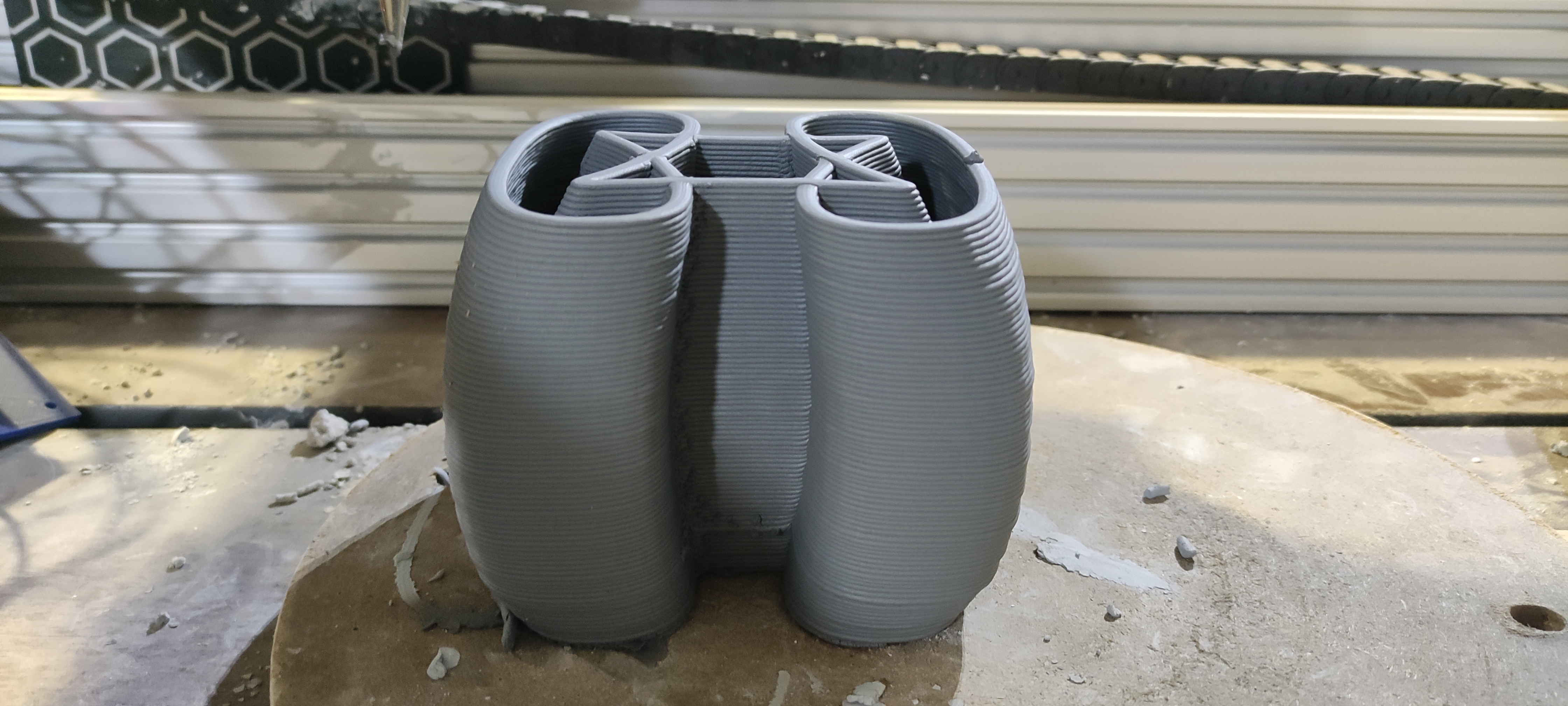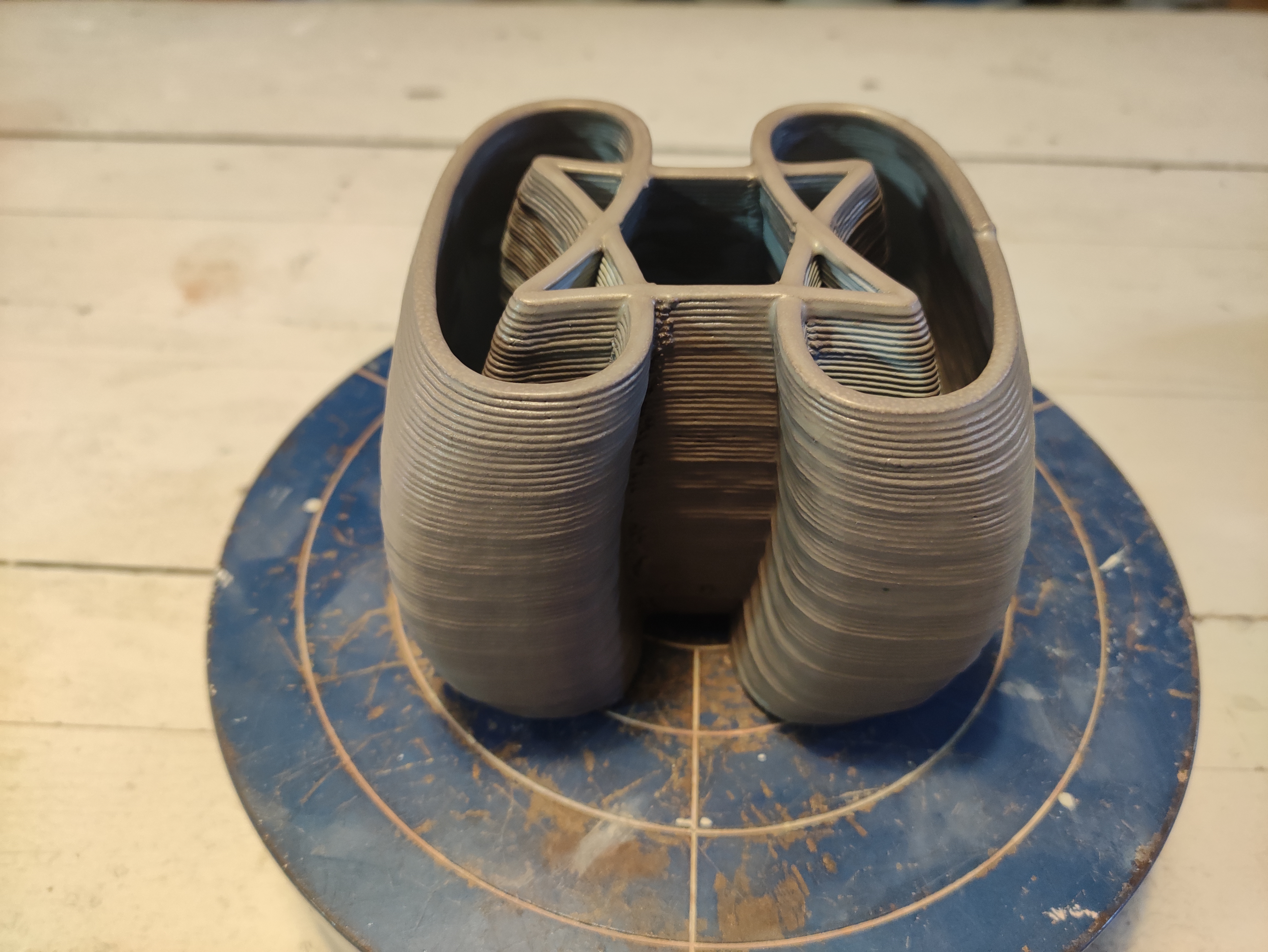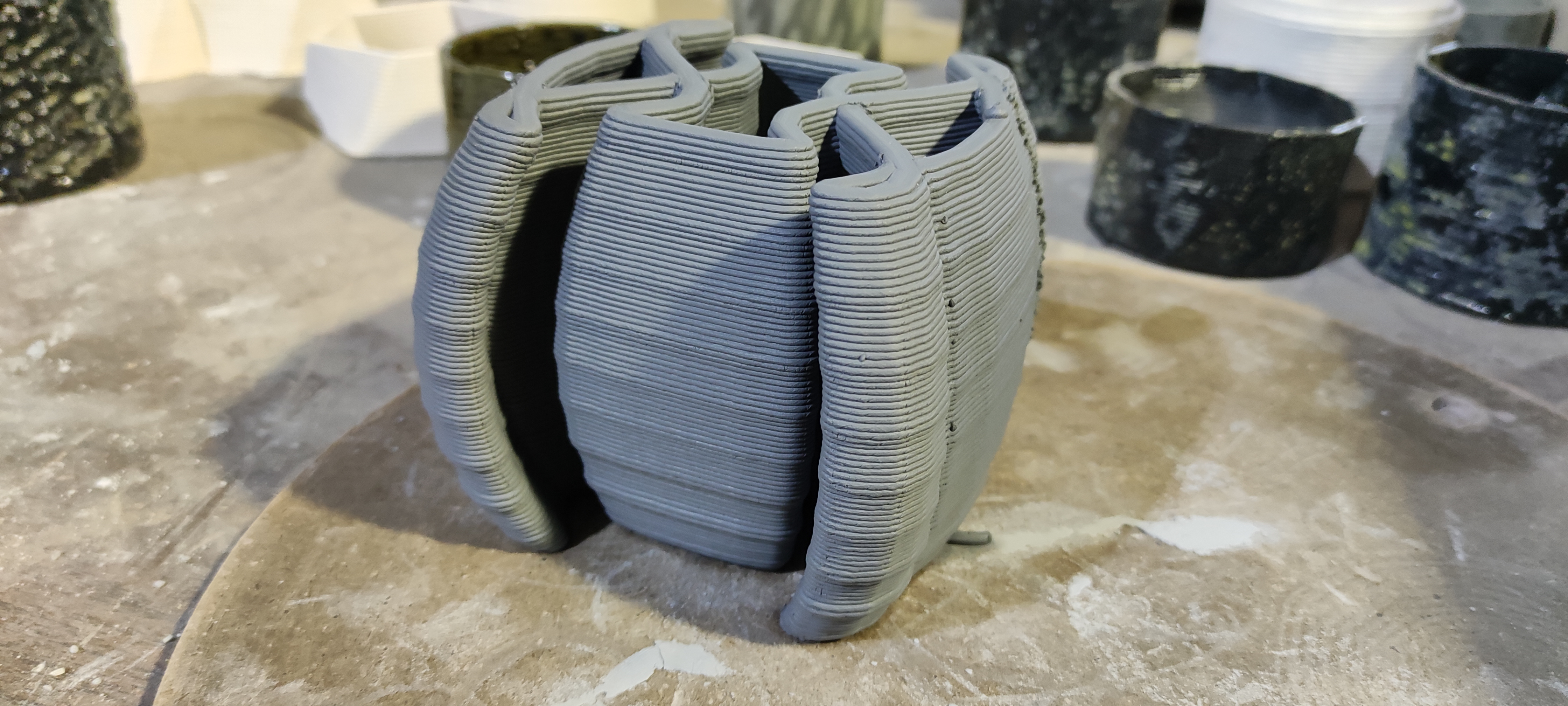Coded Clay: The Fusion of Traditional Materials and Digital Fabrication
In the world of digital fabrication, the blend of traditional materials and modern technology often leads to breathtaking creations. Coded Clay exemplifies this fusion, merging art, mathematics, and technology into functional and aesthetic objects.
These pieces are far from ordinary pottery items; they represent the intersection of parametric design and digital fabrication. Using Blender, a powerful 3D modeling software, along with Python scripting, each object is crafted with precision and artistic flair. This technique draws inspiration from Joseph Choma’s book Morphing, which explores the transformative power of design in architecture and art.
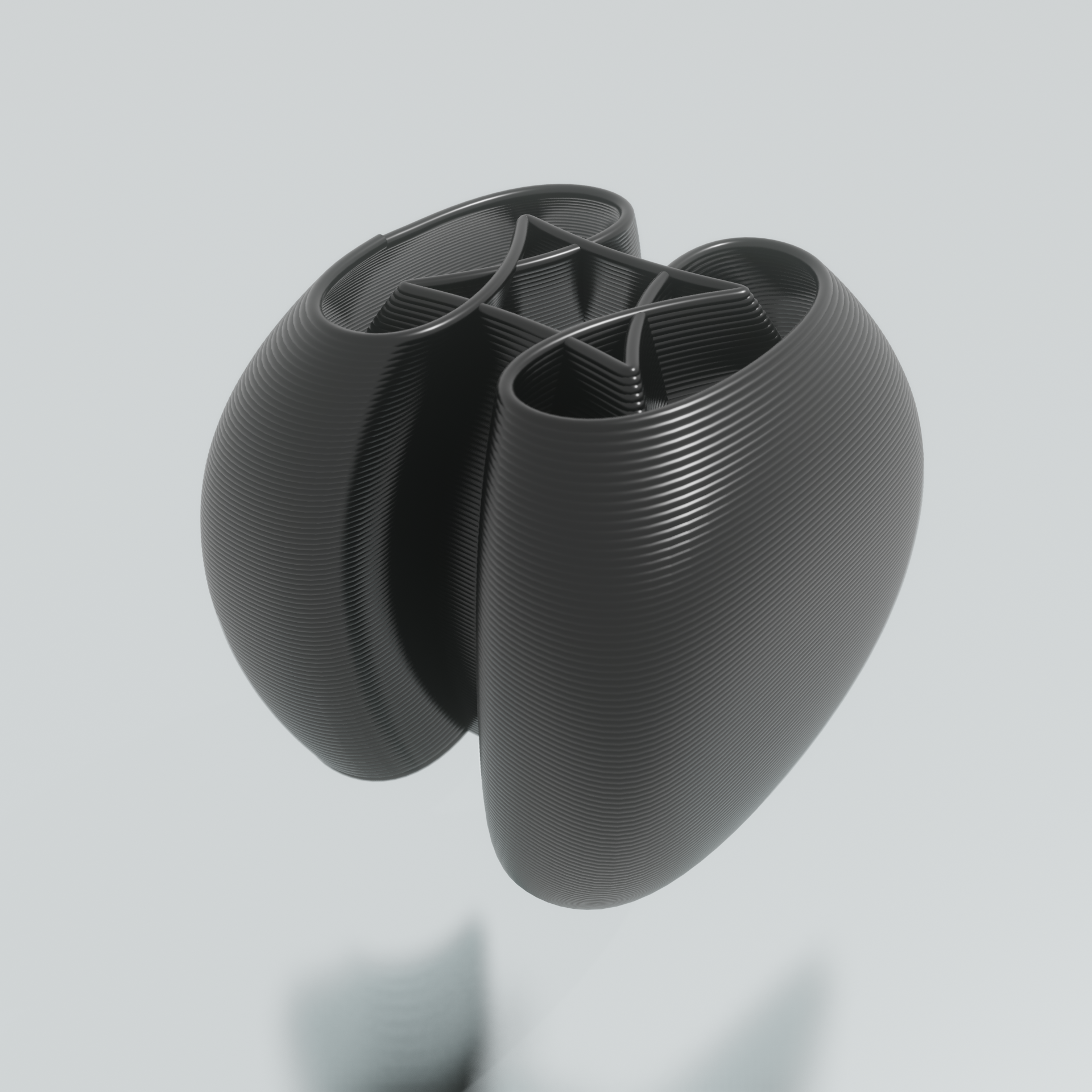
The Process
The process begins by designing seamless surfaces that result in a unique, textured appearance due to the layering inherent in the 3D printing process. This project required a customized CNC machine, specifically adapted for clay printing, demonstrating the versatility of repurposing CNC technology for pottery.

Parametric Design and Customization
Each object is generated from a distinct formula, bridging computational design with manual craftsmanship. The parametric approach allows for the modification of parameters, enabling an infinite number of variations and making mass customization possible.
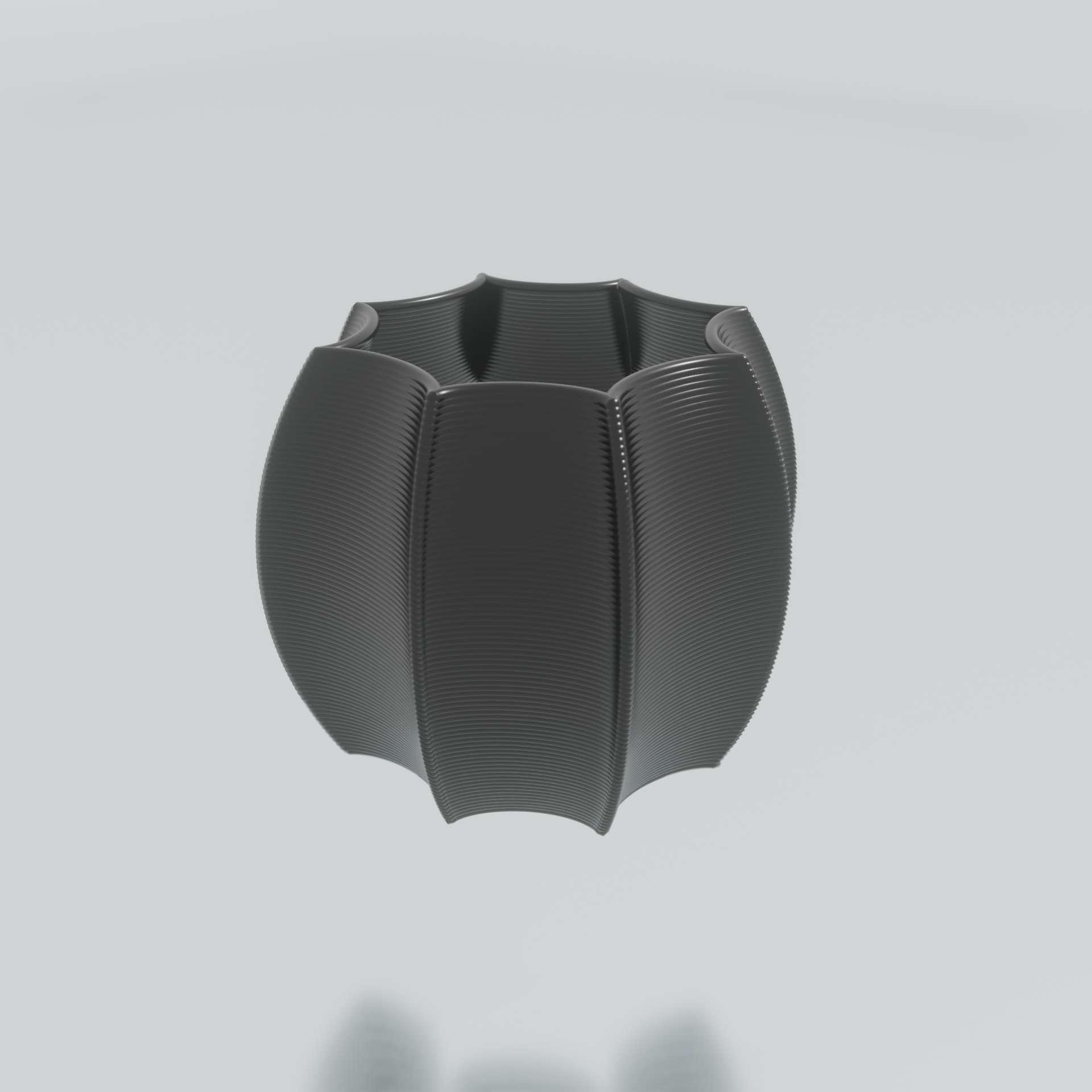
Beyond Functionality
This project isn’t just about creating functional items; it explores the potential of digital fabrication to enhance traditional crafts. Coded Clay showcases how technology can be applied to crafting everyday objects, leading to innovations that are both practical and artistic.
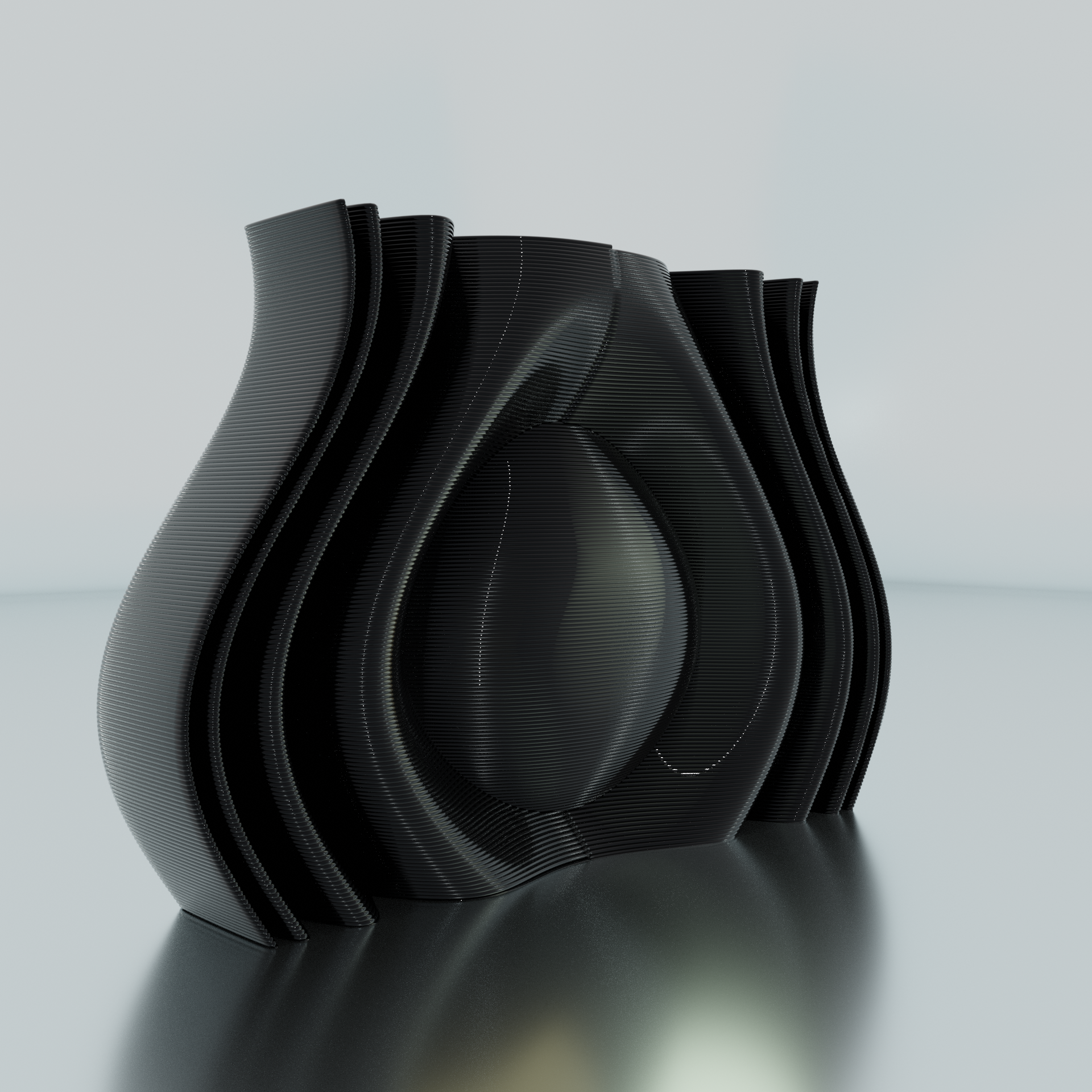
Endless Creative Potential
As we continue to explore the possibilities of digital fabrication, projects like Coded Clay remind us of the endless creative potential at the intersection of technology and art. The blend of parametric design and digital craftsmanship opens new doors for customization and artistic expression.
